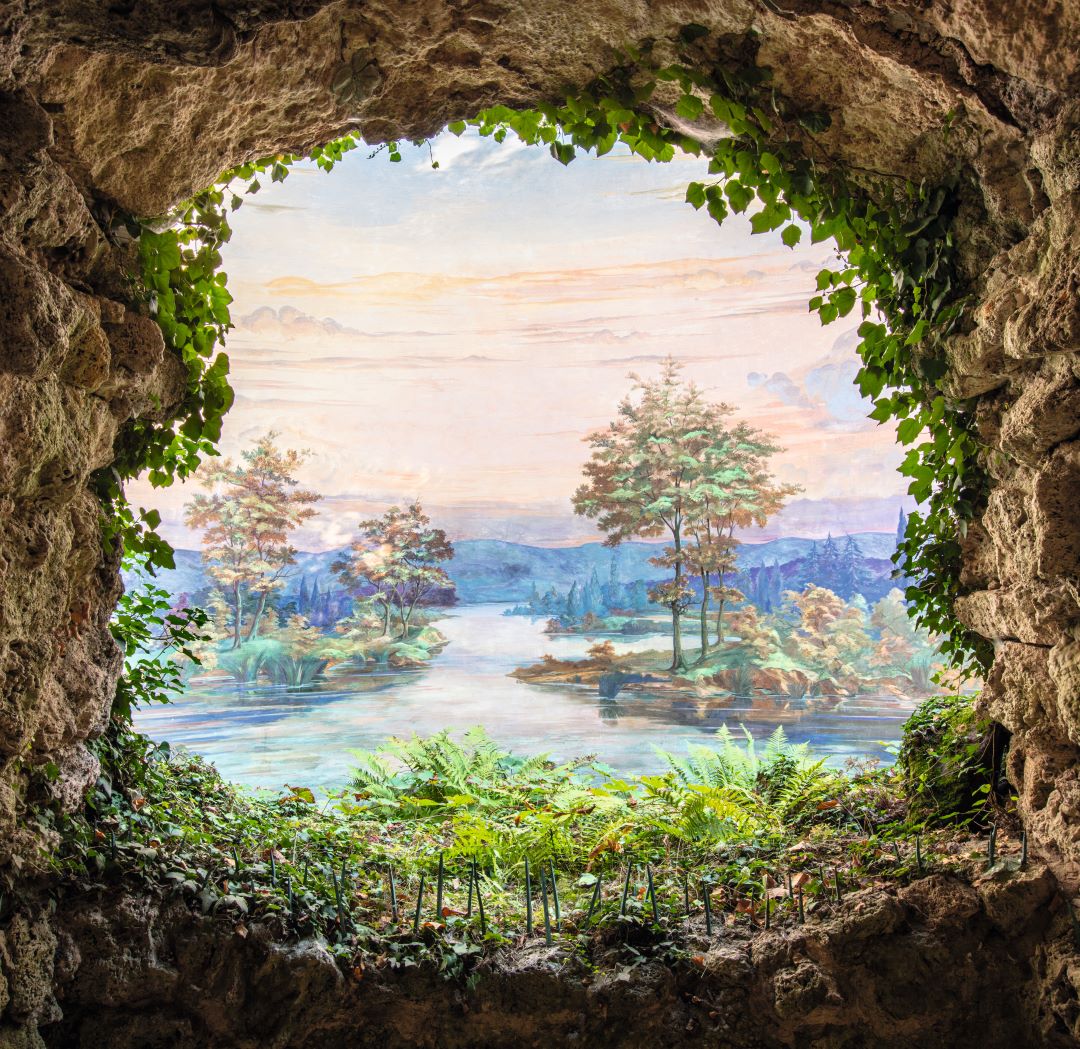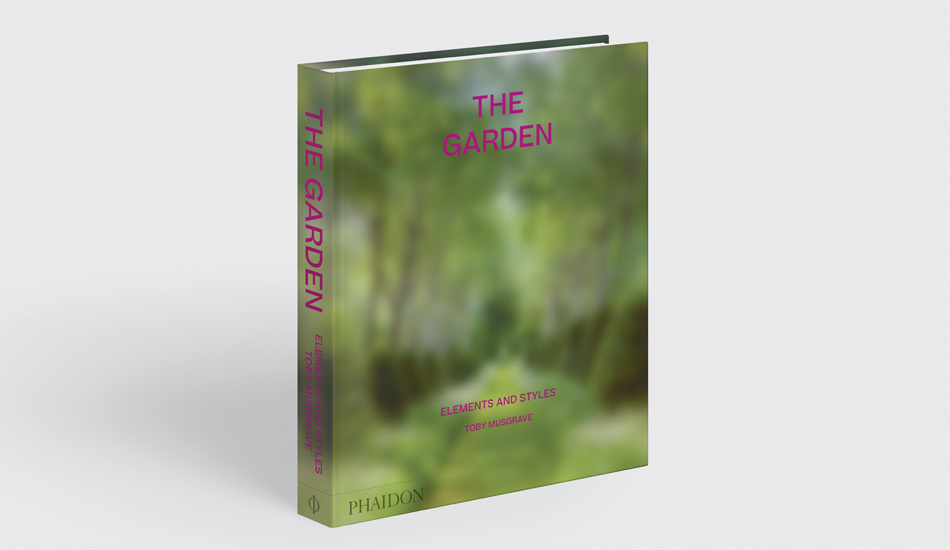
Secrets from The Garden: Sometimes the best elements aren't 'real'
Our new book, The Garden, reveals the lengths garden creatives can go to to get the perfect vista
Our new book The Garden is the ultimate guide to garden design, from the oldest traditions to the most recent styles and trends. The scholar, horticultural authority and author, Toby Musgrove offers a truly definitive view of how we shape our natural world. Read this book and you’ll discover, for instance, that the first heated garden swimming pool was made for Gaius Maecenas, patron of the poets Horace and Virgil and friend of the emperor Augustus, at his residence on the Esquiline Hill in Rome during the first century BC; and how The High Line in New York helped introduce European-style New Perennial planting to a wider audience during the 21st century.
However, not everything in the book is exactly as it seems. Take for instance, the trompe l’oeil. “This French term means to deceive or mislead the eye,” explains Musgrove. “and in a garden setting a trompe l’oeil effect may be so subtle that it is not readily observed. For example, in his design for the Baroque garden at Vaux-le-Vicomte, France. Andre Le Notre deliberately applied the laws of perspective as a means of manipulating what the viewer ‘sees’. Thus, when viewed from the chateau, the statues lining the main axis all appear to be the same height, whereas their actual height increases with their distance from the building.
“More often, the objective of trompe l’oeil is to be a three-dimensional optical illusion that tricks the eye (in fact, the brain) into believing there is more beyond the two-dimensional object – a painted scene or, today, a mirror. And, of course, a trompe l’oeil may also save money. Instead of constructing a real folly, the eighteenth-century British landscape designer Batty Langley recommended painting a representation of ruins on canvas and positioning the painting at the end of an allée.”
That might be a pretty extreme approach, but short of getting out the oils and an easel, Musgrove does recommend applying techniques such as this in other settings. “Today, perhaps surprisingly, given that trompe l’oeil is neither difficult nor prohibitively expensive to make and will certainly imbue a garden with interest, it is a relatively underused form of adornment,” he writes. “Perhaps the most straightforward and simple-to-erect type is perspective trellis, particularly effective when combined with mirrors and an object or sculpture set in front of them.”
And if that fails, the fine-art route remains relatively achievable. “An illusionary artwork that transports one’s focus to a completely different part of the world may be perfect for establishing a particular ambience: for example, complementing a garden of Mediterranean plants, a real door in a wall opening on to a frescoed perspective prospect of a Greek windmill atop a cliff with the sea in the distance,” the author argues. “Whatever the choice, trompe l’oeil works best when placed to be unexpectedly discovered, and where the experience of ‘reality’ occurs from one static viewing point.” For more clear-sighted garden insights, as well as many more great images, order a copy of The Garden here.
